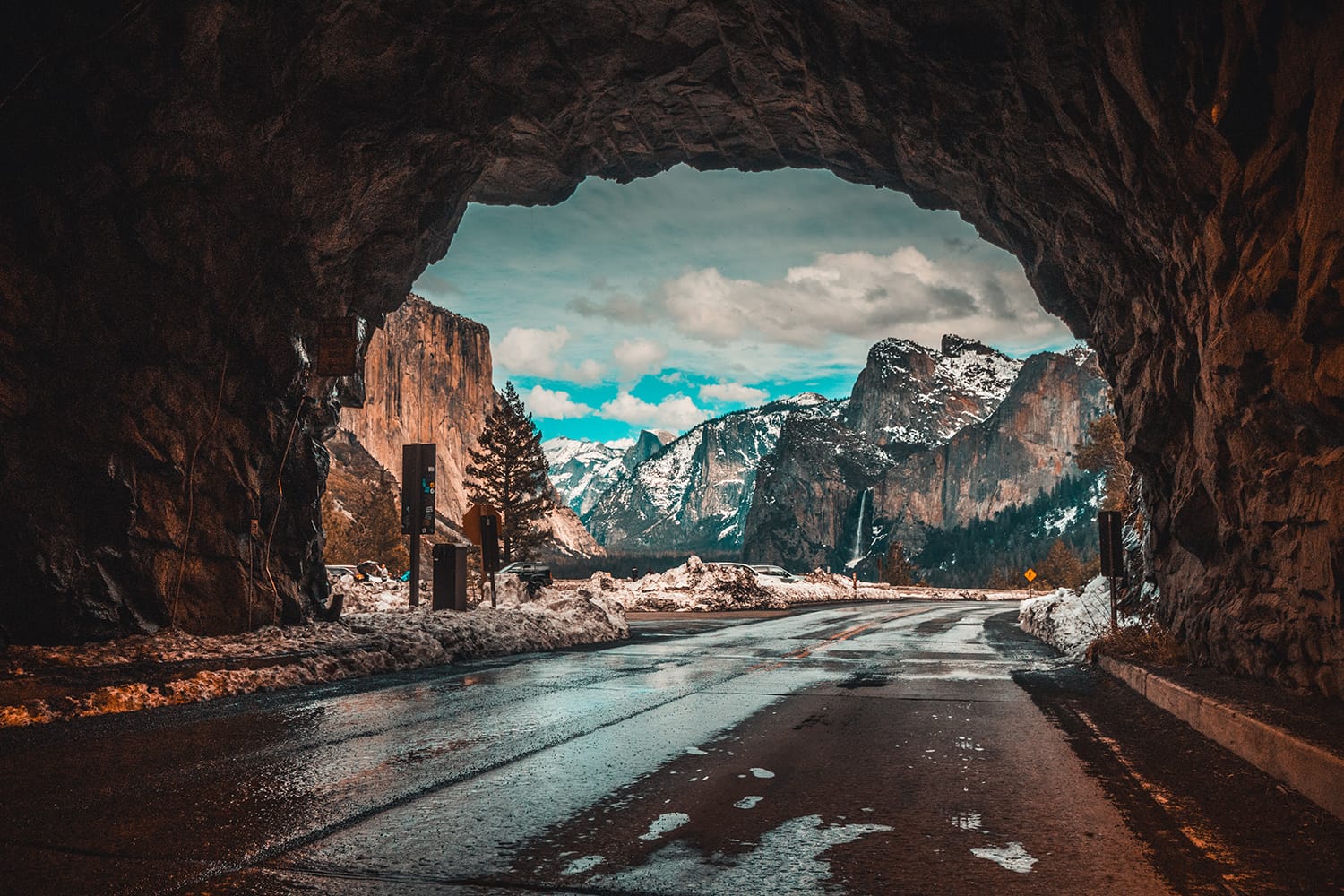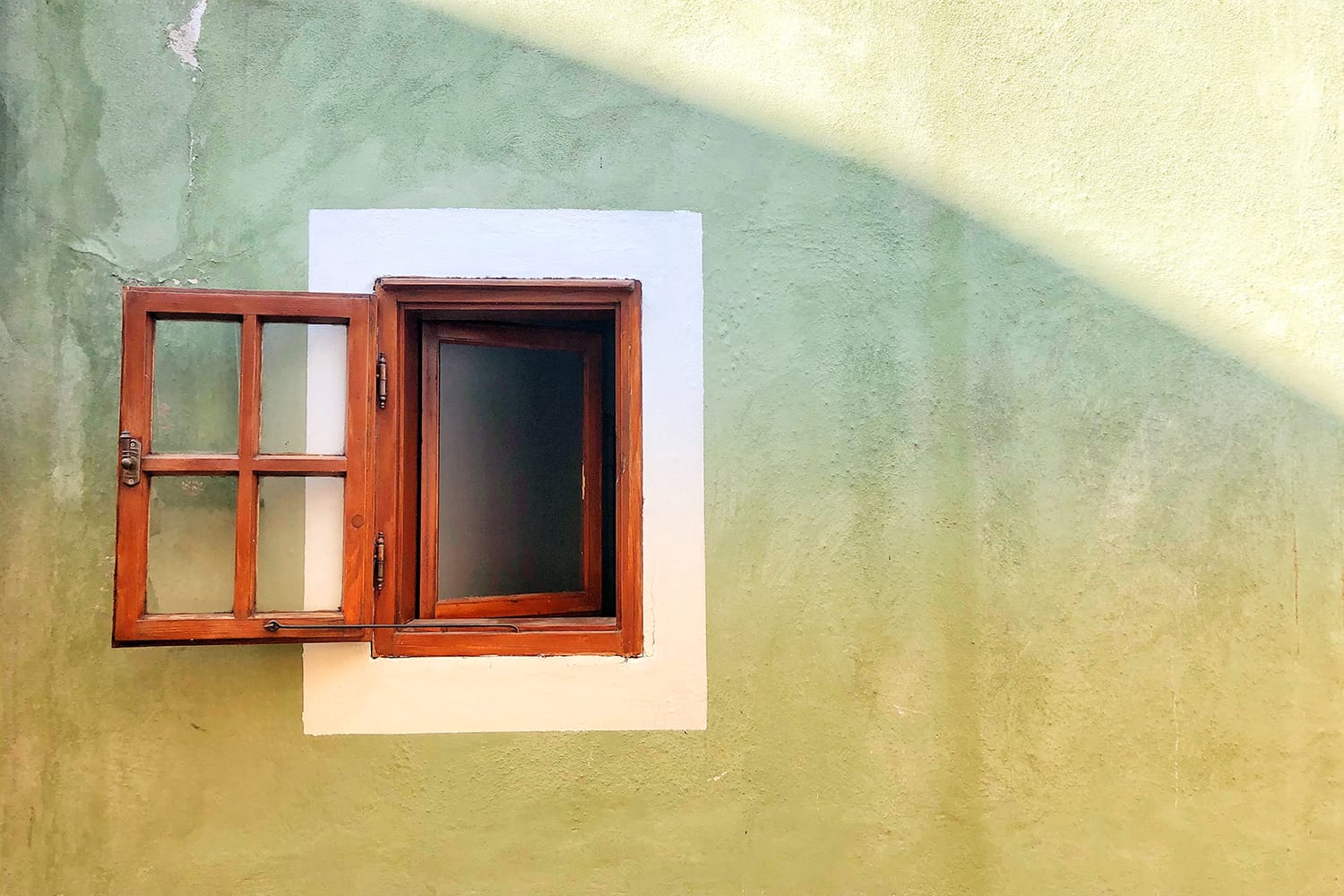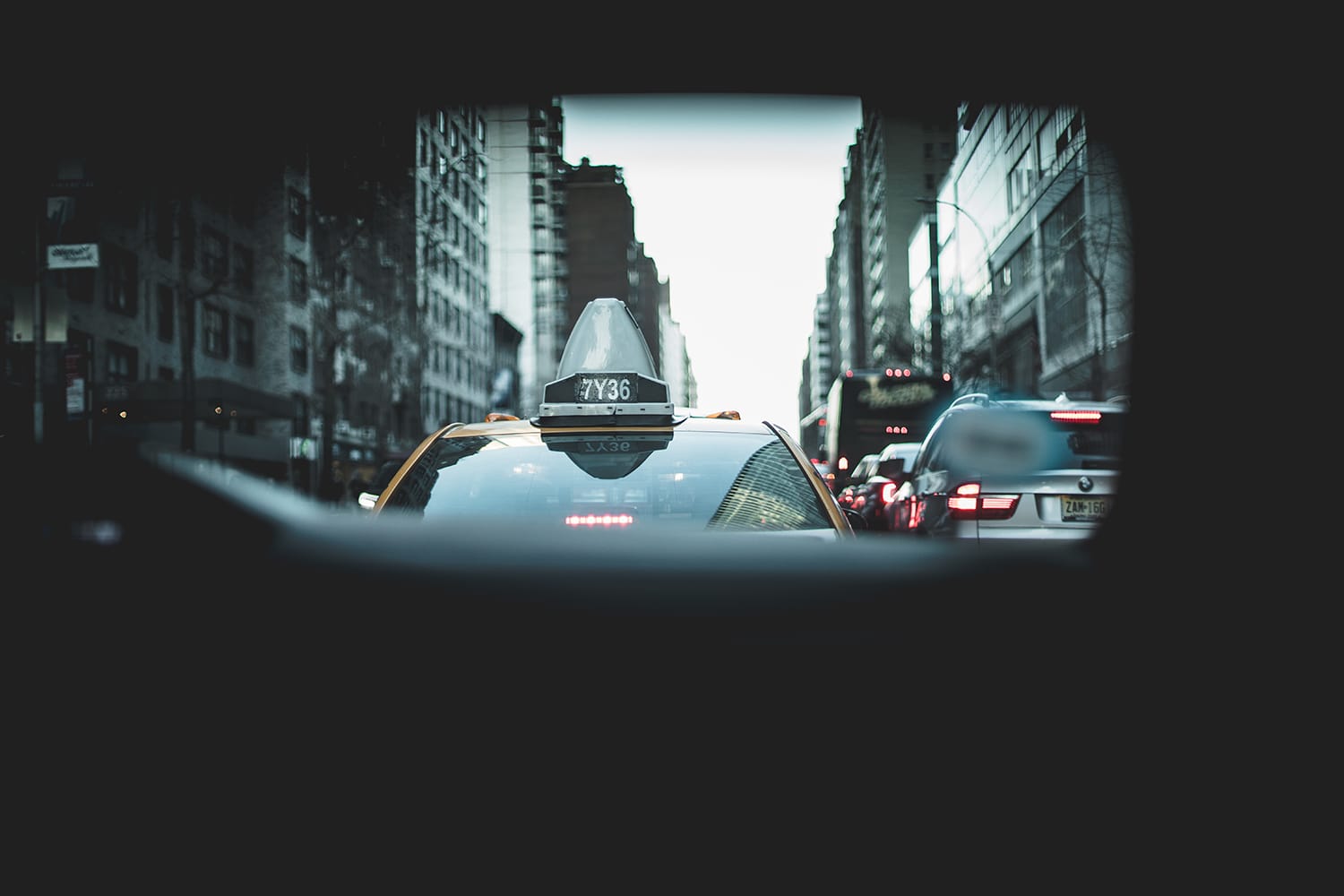Framing is a popular concept that you’ll find within plenty of composition tutorials [1]. As an effective way to communicate with the viewer by directing the eye to the photo’s overall purpose, frames are functional while also maintaining the potential for whimsy and fun.
So, what’s even better than one frame? How about two or more?
Shooting a frame within a frame may be a more advanced technique [2], but it’s well worth the extra effort. Ready to learn this neat compositional trick for yourself? Get a head start with the following six tips we’ve compiled into a tutorial.

1. Understand the concept of negative space
At the heart of any good framing, the composition is an inherent understanding of negative space. It’s negative space, after all, that makes the concept of framing so beneficial in the first place!
The negative space (another word for “empty space”) surrounding a subject between the outlines of the subject and the frame’s borders demands a particular focus and attention to the subject. It is this manipulation of the viewer’s gaze that yields a successful composition.
By understanding negative space and how to use it to its fullest, you can make the most of any frame or frame within a frame.

2. Don’t limit yourself to using only completed frames
When we encourage you to frame your subjects, we don’t mean that the frame has to have four sides! Sure, this is what you are most likely to imagine when you think of a traditional frame, but this is photography—it doesn’t have to be traditional.
Most of the time, even a partial frame (three sides or fewer) can have the same effect as shooting a subject within a completed, four-sided frame. Even a frame with only one side can still accomplish its purpose of directing a viewer’s eye. A tree branch hanging above a subject will prevent the eye from wandering up and away from the photograph’s main event, for example.
3. When a frame may not exist naturally, use effects to create a frame of your own
Frames may be all around us, but that doesn’t mean that we’ll be able to find a framing situation for every one of our shots. When you’re at a loss for framing opportunities, make your own! Bokeh [3] in the foreground of an image can change the entire mood of a photo while also providing an extra element of framing to elevate a composition.
A similar effect can be achieved with smoke bomb photography [4], where wisps of colorful smoke surrounding a subject can be caught at just the right time to frame your model’s face, for instance. This can be trickier to work with since you have less control over the smoke’s direction and rise, but the results will be well worth the patience!
You might even try spraying water on your lens before you shoot, framing your subjects intentionally between the water droplets.

4. If possible, use repetition for a more intense effect
Occasionally, photographers find themselves very lucky with a special opportunity. Whether you luck out or if you’re just impeccably good at planning, challenge yourself to combine your frame-within-a-frame setup with elements of repetition for an outstanding result.
We love this example of an artist painting a picture of a scene also featured in the photograph, which was itself framed amidst low-hanging tree branches. You might say that the subject of the painting is framed within the painting itself, then framed within the borders of the canvas, and finally by its real-life surroundings. Pretty clever!

5. Pair frame-within-a-frame techniques with a shallow depth-of-field
Aside from drawing a viewer’s eye to the subject, frames also benefit photographs by adding depth and immersing the viewer within the scene.
This effect can be further accentuated by pairing frame-within-a-frame shots with a shallow depth-of-field. Used together, these techniques can turn a two-dimensional photo into something that appears to be much more.

6. Don’t think too literally about what a frame “should” look like
A quick search of frame-within-a-frame photography will yield some wild results. Sure, you’ll see some more traditional uses of frames like doorways, windows, arched gateways, and even actual photo frames, but you’ll find an abundance of less literal interpretations, too.
If you want to shoot an image from between chair or table legs, go for it! Maybe you’re interested in playing with point of view by composing a shot so that your subject falls within some glasses frames? Sounds good!
The point is that there is no limit to what can be a frame. A frame in a composition is more about what the frame does rather than what the frame is.

Don’t be discouraged if you find this exercise difficult at first. When you’re first starting out, framing your shots (much less composing a subject in a frame within a frame) can seem a daunting or limiting task.
However, you’ll find with some open-mindedness that seeking out these types of compositions will vastly improve your creativity and penchant for identifying opportunities for unique shots.
Before you know it, you’ll be seeing frames (and the frames within them) everywhere.